When the temperature drops, RVing takes on an entirely new appeal. The crisp winter air, snow-dusted landscapes, and quieter campgrounds offer a different kind of adventure that not many people take the time to experience.
While this sounds great, the cold weather will bring its own set of challenges that can quickly turn your unique experience into a troubleshooting nightmare. Luckily, a little planning and the right know-how can keep your RV warm, functional, and ready to handle whatever winter throws your way. Here are some tips that’ll help you prepare your RV for cold-weather travel.
Winterizing Your RV
Winterizing your RV is the first and most crucial step to prepare for cold weather. From protecting your water system to sealing up drafts, these measures will help prevent damage and keep your RV warm and functional.
Water System Preparation
One of the most vulnerable aspects of any RV is its water system. Unfortunately, water lines, tanks, and hoses are prone to freezing, which can result in burst pipes and expensive repairs. To avoid this kind of damage, you’ll need to winterize your vehicle. Start by draining and cleaning your water tanks and lines. Once it comes time to refill it, use some RV-safe antifreeze to keep the pipes and tanks from freezing.
You should also insulate pipes and hoses, as this will go a long way in preventing issues. Foam pipe insulation or heat tape can maintain the temperature of exposed plumbing, reducing the risk of freezing. Make sure to check for any exposed areas outside the RV where water lines are at greater risk of exposure to cold air.
Sealing Gaps and Drafts
Some RVs might have weak spots where cold air can seep in, including windows, doors, and vents. Inspect these areas carefully for gaps or cracks that could compromise your vehicle’s insulation. If you find any, use weatherstripping or caulking materials to seal them up. If you want RV-specific sealants, be sure to shop for them in a place that has all kinds of RV parts online.
If you need better temperature regulation in general, consider installing thermal curtains or adhesive window insulation film. These additions block drafts and retain heat more efficiently, making the interior warmer without overloading your heating system.

Maintaining Essential Systems
Once you’ve winterized your RV, the next focus should be on maintaining critical systems for heating, power, and mechanical operation. Neglecting these areas can lead to discomfort or unexpected breakdowns.
Heating System Readiness
It should go without saying, but your RV’s heating system will be critical during your winter trip. Test the RV furnace ahead of time to ensure it’s functioning correctly. If your model relies on propane, refill your tanks and carry a couple of extras to avoid running out of fuel in the middle of a cold night.
Supplemental electric space heaters can be a handy backup, especially in campgrounds with electrical hookups. Regardless, monitoring propane usage will be a key step, as heaters are often a major consumer. Also, clean air filters and check duct systems to improve heating efficiency.
Battery and Power Solutions
Cold weather can significantly impact battery performance, reducing their charge capacity. Make sure you’ve fully charged your RV batteries before departure, and consider insulating them to protect against temperature drops. Adding a portable generator or solar panels provides an additional power source in case of emergencies.
If your RV depends on a separate house battery for essential functions like lighting or refrigeration, regularly check its condition and output. Investing in a battery monitor can help you keep track of charge levels and usage patterns throughout your trip.
Engine and Generator Maintenance
For motorized RVs, winter conditions add extra pressure on engines, but anyone with a portable generator will want to follow the tips in this section. To keep things running smoothly, use winter-grade fuel or additives to prevent freezing in your fuel lines. If you’re traveling in particularly harsh climates, an engine block heater can make cold starts easier and ensure the engine warms up properly before driving.
During your checks, also change the oil to one suitable for low temperatures and give your generator a trial run ahead of your trip. This ensures it’ll work when you need it most.
Cold Weather Equipment Essentials
Properly equipping your RV for cold-weather travel is a preparation step that’s just as important as system maintenance. Certain tools and supplies can make a big difference in managing extreme temperatures, snow, and other winter-related challenges.
Insulating Your RV
Adding insulation to your RV improves efficiency and helps maintain a steady interior temperature. RV-specific skirting, placed around the base of the RV, blocks cold air from circulating underneath the vehicle, reducing overall heat loss.
Inside, install heavy-duty rugs or mats to provide extra floor insulation. Cold air can often seep in through the flooring, especially in older RVs. By layering the interior with these measures, you’ll reduce the amount of general heat loss you’ll have in your RV.
Emergency Supplies
Having the right supplies on hand is essential for winter RV travel. Pack portable heaters, blankets, sleeping bags, and layered clothing to prepare for any unexpected situations. If your heating systems fail, these additions can make a real difference in keeping you warm. Don’t forget the normal basics, though, like water and first aid.
De-icing products formulated for RV use can be lifesavers in extreme weather. From defrosting windshields to clearing frozen locks, these products prevent minor issues from escalating into travel delays. Some RVers also recommend carrying temperature-safe jugs of water in case frozen pipes affect your RV’s plumbing system.
Snow and Ice Management Tools
Snow and ice accumulation present hazards, not only to driving conditions but also to the structural safety of your RV. Keeping a roof broom on hand allows you to clear any snow buildup on the roof or awnings, reducing the potential for water damage when it melts. Combine this with an ice scraper for mirrors and windows to maintain good visibility.
For added traction during icy conditions, consider gravel, sand, or tire chains. These items can prevent slides on slick surfaces and improve overall driving safety.

Safe Cold-Weather Travel Practices
Safety is a top priority during any winter RV trip. From managing condensation to monitoring road conditions, cold-weather travel presents unique risks that require thoughtful preparation.
Handling Condensation and Moisture
Condensation is a common issue in cold-weather RVing. It occurs when warm interior air clashes with cold surfaces, creating moisture that can lead to mold or mildew. Combat this issue by using a dehumidifier or moisture-absorbing products like silica gel.
Keep adequate ventilation even in cold temperatures by cracking open a window or running the RV’s vent fans. Air circulation minimizes dampness and reduces the risk of moisture-related problems.
Monitoring Tires and Road Conditions
Cold weather can cause tire pressure to drop, which affects both safety and fuel efficiency. Regularly check and adjust tire pressure using a reliable gauge. If you’re traveling through areas with heavy snow, swap standard RV tires for snow-rated versions or bring along tire chains for added traction.
Before driving, always check winter weather forecasts and road conditions. Some mountain passes or remote areas may require chains by law, so planning ahead can prevent potential headaches down the road.


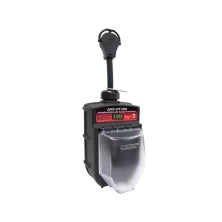
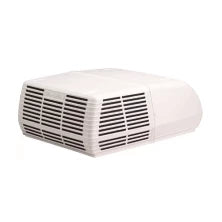
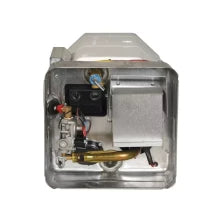
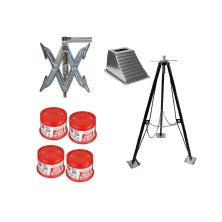
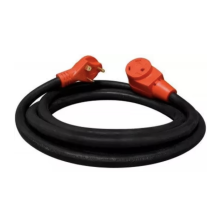
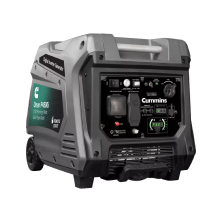
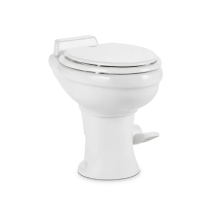
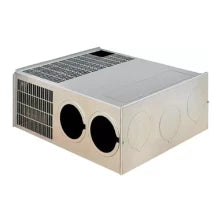
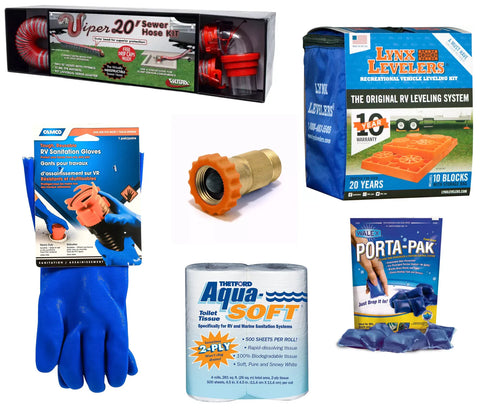

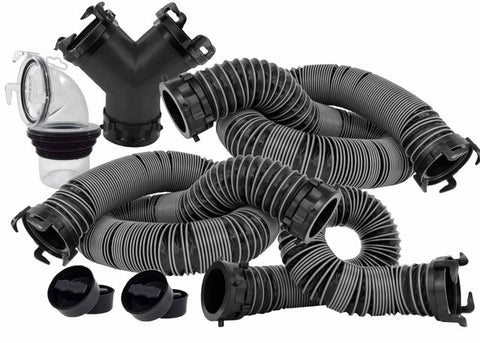

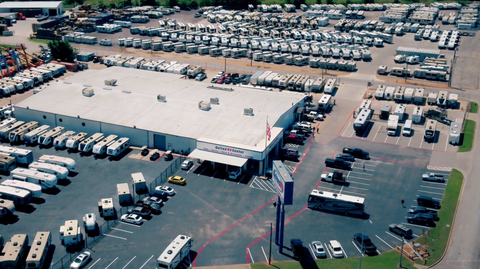
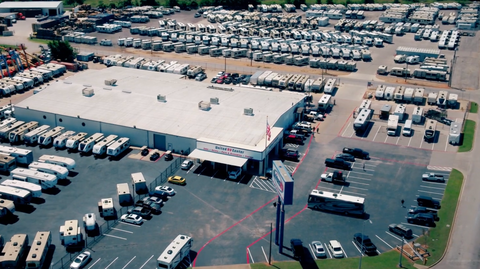
Comments (0)
There are no comments for this article. Be the first one to leave a message!